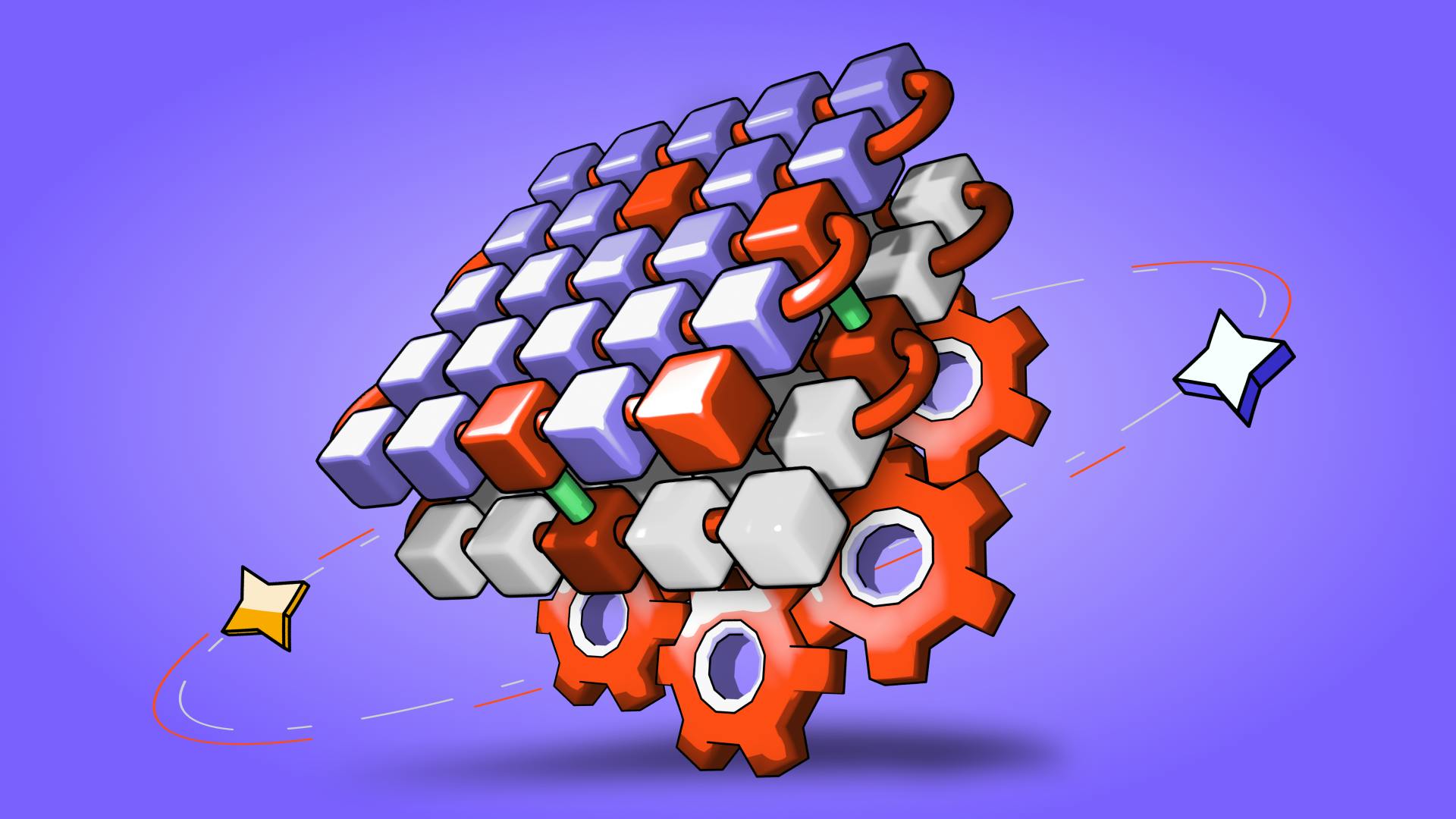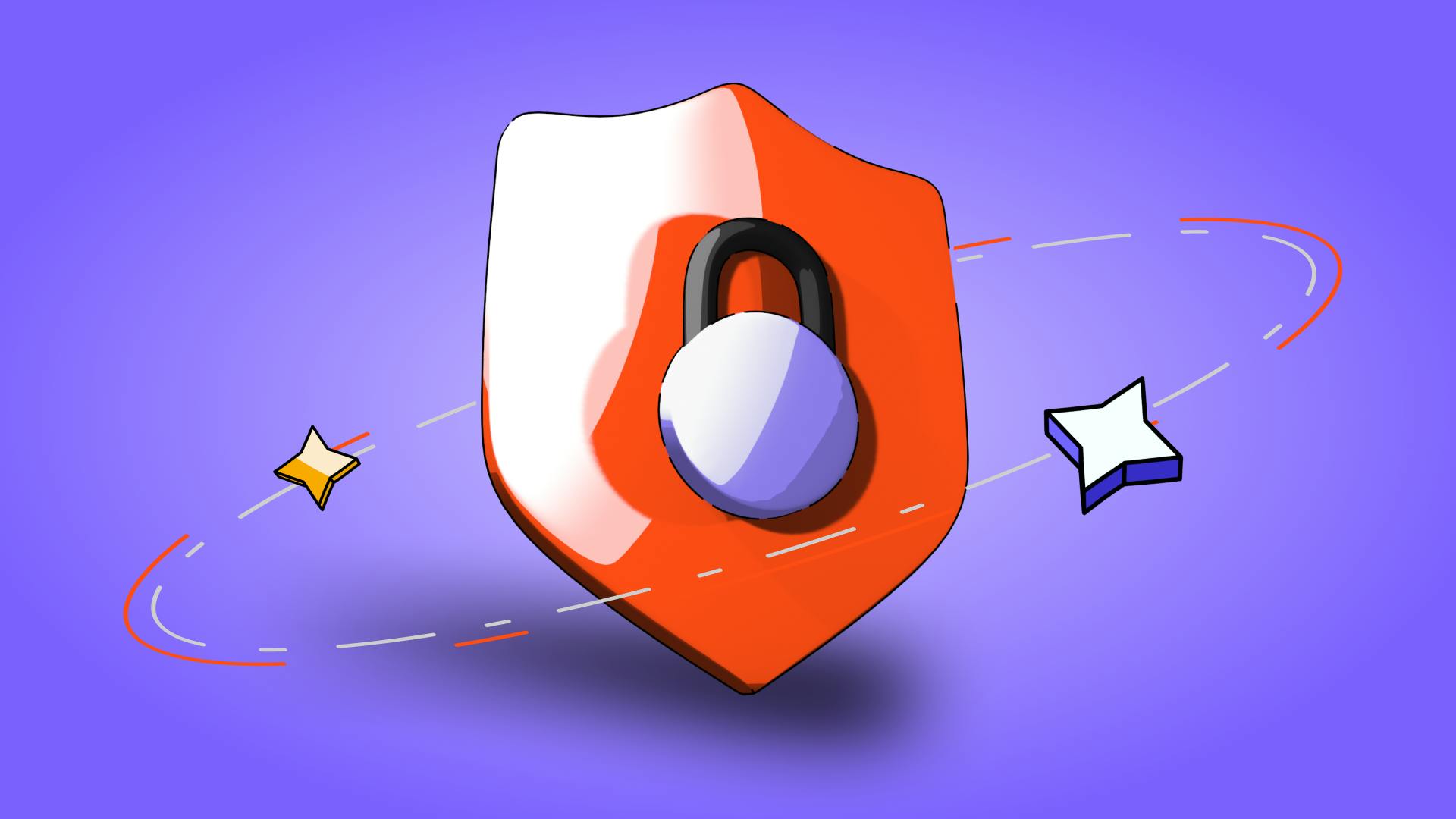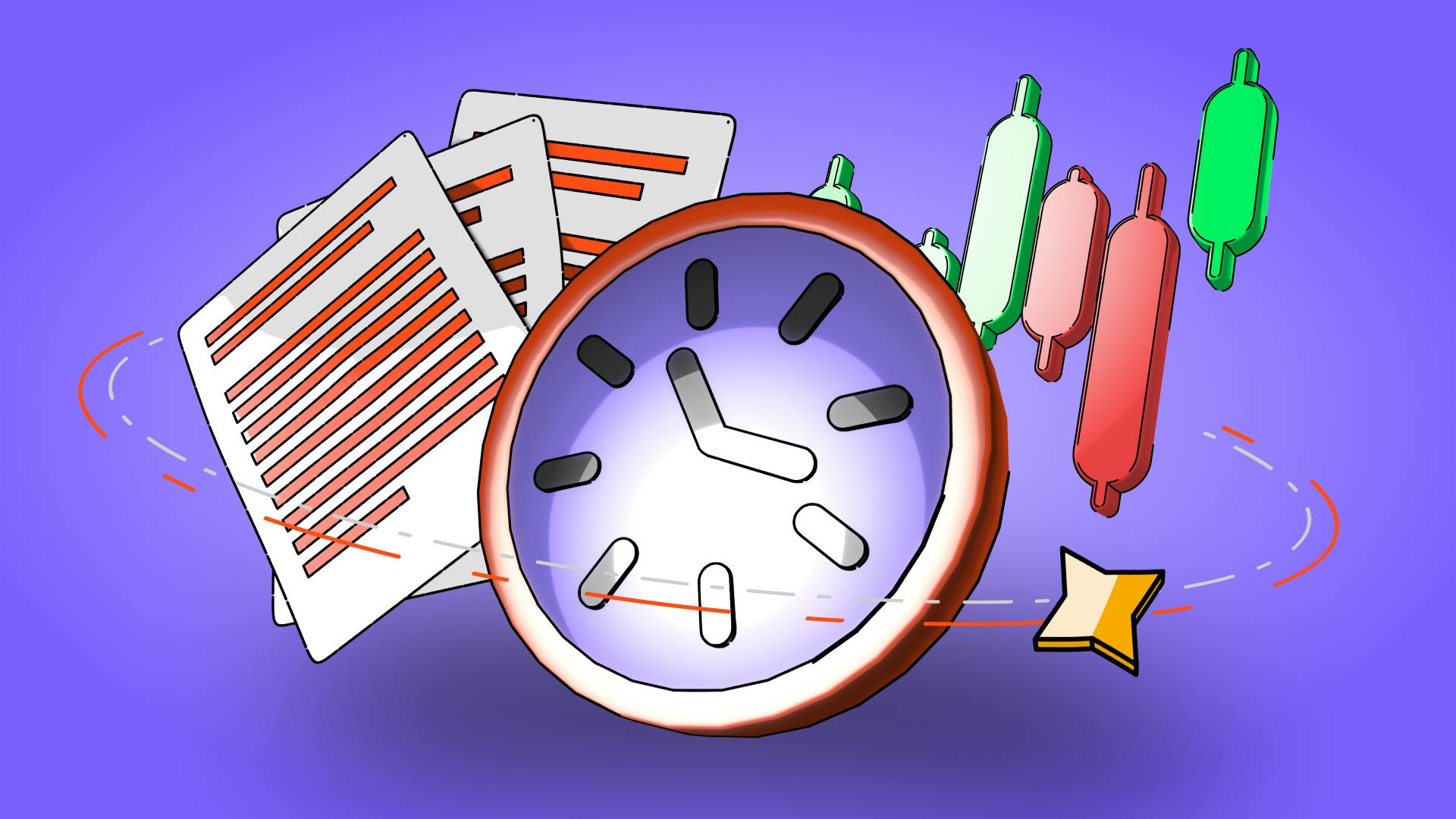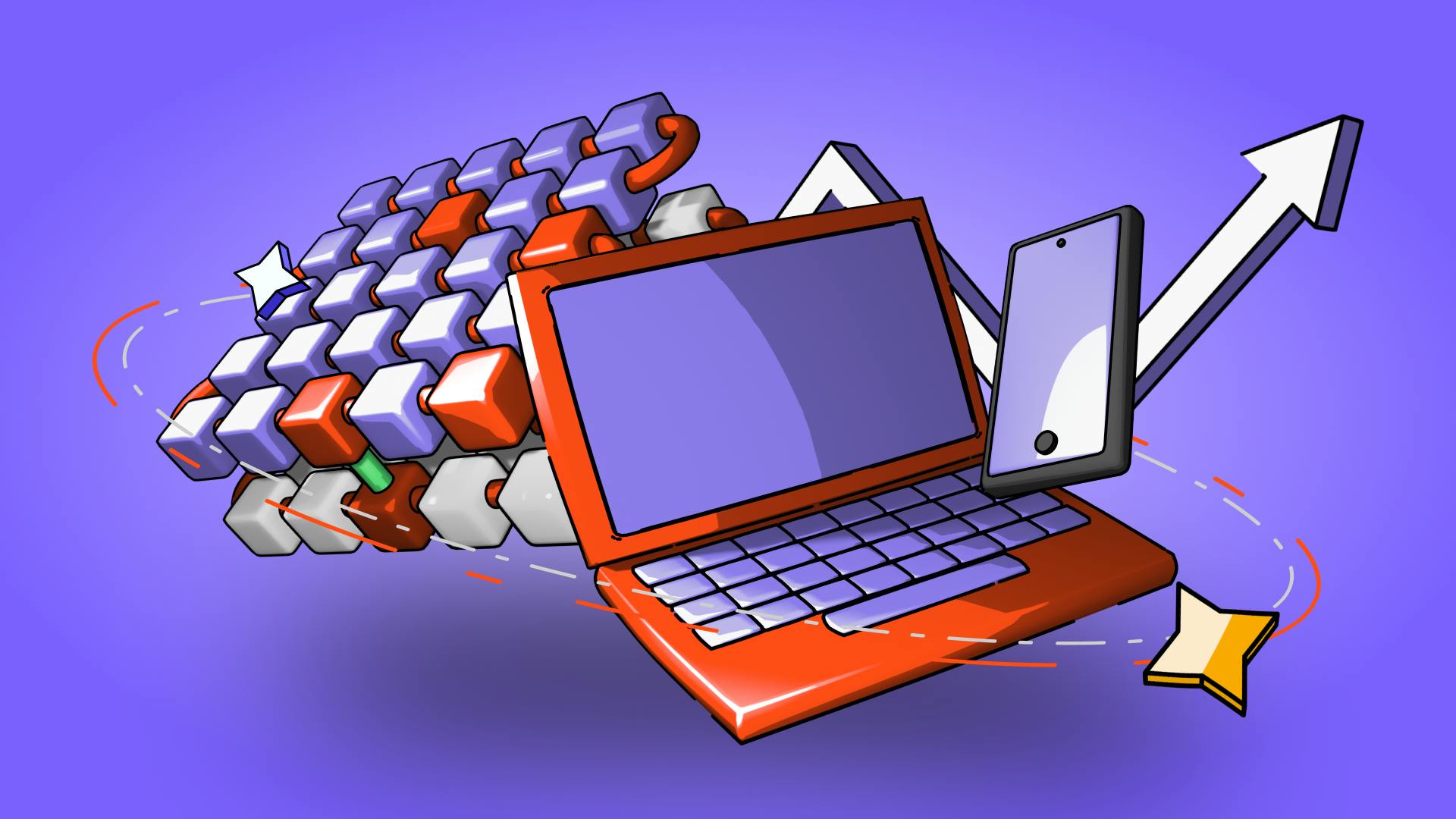Top Layer 2 Scaling Solutions for 2024
December 5, 2025

by Coinmetro Editorial Team
December 5, 2025
In blockchain technology, understanding the layers that constitute the foundation and operation of blockchain networks is essential. Layer 1 refers to the underlying main blockchain architecture. Popular examples include Ethereum and Bitcoin. These blockchains are known for their robust security measures but may face scalability challenges such as slow transaction speeds and high fees under heavy network demand.
Layer 2, on the other hand, is a secondary framework or protocol built atop the main blockchain (Layer 1). The purpose of Layer 2 solutions is to address these scalability issues without compromising the decentralized security features of the underlying blockchain. By processing transactions off the main chain and only settling the final state on-chain, Layer 2 solutions significantly increase transaction throughput and reduce costs.
The significance of Layer 2 scaling solutions has become increasingly pronounced as the demand for blockchain technology grows. These solutions are critical in enabling blockchains like Ethereum and Bitcoin to support higher volumes of transactions and accommodate more users, thereby broadening their real-world applications and paving the way for mass adoption.
Layer 2 scaling solutions are innovative protocols designed to operate on top of a blockchain (Layer 1) to enhance its scalability, speed up transaction processing, and reduce transaction costs. These solutions are critical in addressing the inherent limitations of many Layer 1 blockchains, which can become congested with increased usage, leading to slower transaction times and higher fees.
How Layer 2 solutions work to improve scalability and reduce costs involves various mechanisms, depending on the specific technology employed. For instance, State Channels provide two-way communication paths that allow transactions off the main blockchain, recording only the final transaction state on Layer 1, which significantly lessens the network's data load. Rollups compile multiple transactions into one, processed on the main blockchain, decreasing the number of transactions that must be verified and stored, thereby increasing throughput and reducing fees. Meanwhile, Sidechains, separate blockchains linked to the main one via a bridge, enable independent transaction processing, which helps relieve main chain congestion and accelerates transaction times. We will explore these concepts in greater detail in the sections below.
The importance of Layer 2 solutions extends beyond mere technical enhancements. They are pivotal in the broader context of blockchain adoption and usability. By resolving the scalability trilemma — ensuring a network is scalable, secure, and decentralized — Layer 2 solutions make blockchain technology more practical and accessible for everyday use. This includes applications in finance, gaming, social media, and beyond, where high transaction throughput and low costs are essential for user satisfaction and widespread adoption.
In essence, Layer 2 scaling is not just about making existing blockchains faster and more affordable; it's about unlocking the full potential of blockchain technology, enabling it to support a wide array of applications and services on a global scale.
Optimistic Rollups are a Layer 2 scaling solution designed to increase the scalability of blockchains while maintaining security. They work by assuming all transactions are valid by default and only running computations in the case of a dispute. This approach allows for faster processing times and lower fees. However, one disadvantage is the delay in transaction finality due to the fraud-proof mechanism. Projects like Optimism and Arbitrum are notable implementations that utilize Optimistic Rollups to enhance Ethereum’s scalability.
Zero-Knowledge Rollups, or zk-Rollups, bundle transactions into a single batch and validate them using zero-knowledge proofs. This method offers enhanced privacy and immediate transaction finality without compromising on security. However, zk-Rollups are technically complex, which can be a barrier to their widespread adoption. Projects such as zkSync and Loopring use zk-Rollups to provide scalable and secure transaction processing on the Ethereum network.
State Channels allow for off-chain transaction processing between parties, significantly increasing transaction throughput. This is achieved by only submitting the final state of transactions to the blockchain. The benefits include high transaction speeds and lower costs, but the approach is best suited for applications where participants are known and trusted entities. The Lightning Network for Bitcoin and Raiden Network for Ethereum are key examples of State Channels in action.
Plasma is an early framework for constructing scalable applications on top of Ethereum. It works by creating child chains that are anchored to the main Ethereum blockchain. These Plasma chains can process transactions more efficiently but are primarily suited to specific use cases like payments and token transfers. Despite its initial promise, Plasma has seen a decrease in popularity due to the rise of alternative solutions like Rollups that offer broader applications and simpler user experiences.
Sidechains are independent blockchains that run parallel to the main chain and can have their own consensus mechanisms and block parameters. They offer flexibility and can have different security models independent of the main blockchain, providing a customizable solution for scalability and functionality. However, challenges in interoperability between the main chain and sidechains can arise. Notable sidechain implementations include Liquid Network for Bitcoin and xDai Chain for Ethereum, showcasing successful applications of this technology.
In 2024, the Layer 2 space is undergoing significant changes with the introduction of hybrid solutions, which blend different Layer 2 technologies' features. These innovations are geared toward improving the scalability, security, and widespread adoption of blockchain networks. An example of such hybrid solutions includes the combination of zk-Rollups and State Channels, where the instant transaction finality and privacy of zk-Rollups complement the high throughput capabilities of State Channels. This synergy may potentially allow for a more flexible and efficient blockchain network. Furthermore, such hybrid approaches demonstrate the evolving landscape of blockchain technology, aiming to create more adaptable and robust solutions for users and developers alike. However, at the moment, these technologies are more conceptual than widely implemented, reflecting the cutting-edge nature of blockchain development.
The integration between different Layer 2 solutions, as well as between Layer 1 and Layer 2 platforms, is a notable trend. These collaborations are designed to foster interoperability and seamless user experiences across different blockchain ecosystems. For example, cross-chain bridges and shared security models are being developed to allow assets and data to move freely between distinct Layer 2 environments or between Layer 1 and Layer 2 platforms. This not only enhances the utility and liquidity of digital assets but also strengthens the overall security of the blockchain infrastructure. Highlighted initiatives include Chainlink’s CCIP.
Tokenization is expanding beyond stablecoins to include other types of assets like gold, real estate, and various financial instruments. This broader move involves converting these real-world assets into digital tokens on the blockchain, facilitating their use in decentralized finance (DeFi) protocols. Platforms like Centrifuge and Maple Finance are leading this trend, aiming to increase on-chain liquidity and use these assets as collateral in DeFi protocols.
The relationship between tokenization of real-world assets (RWAs) and L2s primarily revolves around scalability and efficiency. L2 solutions are developed to address the limitations of Layer 1 blockchains which include slow transaction speeds and high fees, especially when the network is congested. These challenges can hinder the practical use and widespread adoption of tokenized real-world assets on blockchain networks.
These emerging trends signify a maturing landscape of Layer 2 solutions, focusing on solving the trilemma of scalability, security, and decentralization. As these technologies continue to evolve and integrate, they pave the way for the mass adoption of blockchain technology, expanding its use cases beyond finance to sectors like healthcare, supply chain, entertainment, and more.
Layer 2 (L2) technologies have shown immense potential in solving the critical scalability issues that have long hindered the widespread adoption of blockchain technology. By addressing these issues, L2 solutions are setting the stage for a new era in which blockchain applications can operate more efficiently, enabling faster transactions and lower fees without compromising the security and decentralization fundamental to blockchain technology.
The diverse spectrum of L2 solutions available today marks a significant step forward in this evolving landscape. These developments not only enhance scalability and efficiency but also cater to a broader range of applications and use cases, driving further innovation and adoption.
However, it is crucial to recognize that the choice of an appropriate L2 solution should be guided by the specific needs and use cases of each blockchain application. Different L2 technologies offer varying benefits and trade-offs, and understanding these nuances is essential for developers and users to make informed decisions.
From 2024 onwards, the continued refinement and integration of L2 technologies will undoubtedly play a pivotal role in shaping the future of the blockchain industry. With these advancements, we are inching closer to realizing the full potential of blockchain technology, making it more accessible, scalable, and efficient for users worldwide. The path towards mass blockchain adoption is becoming increasingly clear, as L2 solutions continue to break down the barriers that have previously limited the technology's practical application.
Join the Coinmetro community on Discord and Telegram, where forward-thinking traders and investors gather to share insights, explore new opportunities, and dive deep into the world of cryptocurrencies. Should you need any help, feel free to reach out to our world-class Customer Support Team via 24/7 live chat or email at hello@coinmetro.com.
To become a Coinmetro user today, Sign Up now, or head to our new Exchange if you are already registered and experience our premium trading platform.
Tags
Related Articles

Regulatory Sandboxes: Fostering Crypto Innovation Within Legal Frameworks
The cryptocurrency industry’s fast rise fuels an important debate. Innovation aims to transform finance, enhancing speed and access. Yet, regulators…
5m

Crypto Options Trading: Strategies and Market Insights
Cryptocurrency markets have rapidly expanded beyond simple buying and selling. One of the most significant developments has been the rise of…
6m

The Rise of Social-Fi: Blending Social Media with Decentralized Finance
In recent years, social media and finance have started to merge, creating Social-Fi. This concept blends the engagement of social platforms with…
6m

DeFi Insurance Platforms to Watch in 2024
Decentralized Finance (DeFi) insurance addresses the growing need for insurance against hacks, smart contract failures, and other DeFi-related risks.…
7m